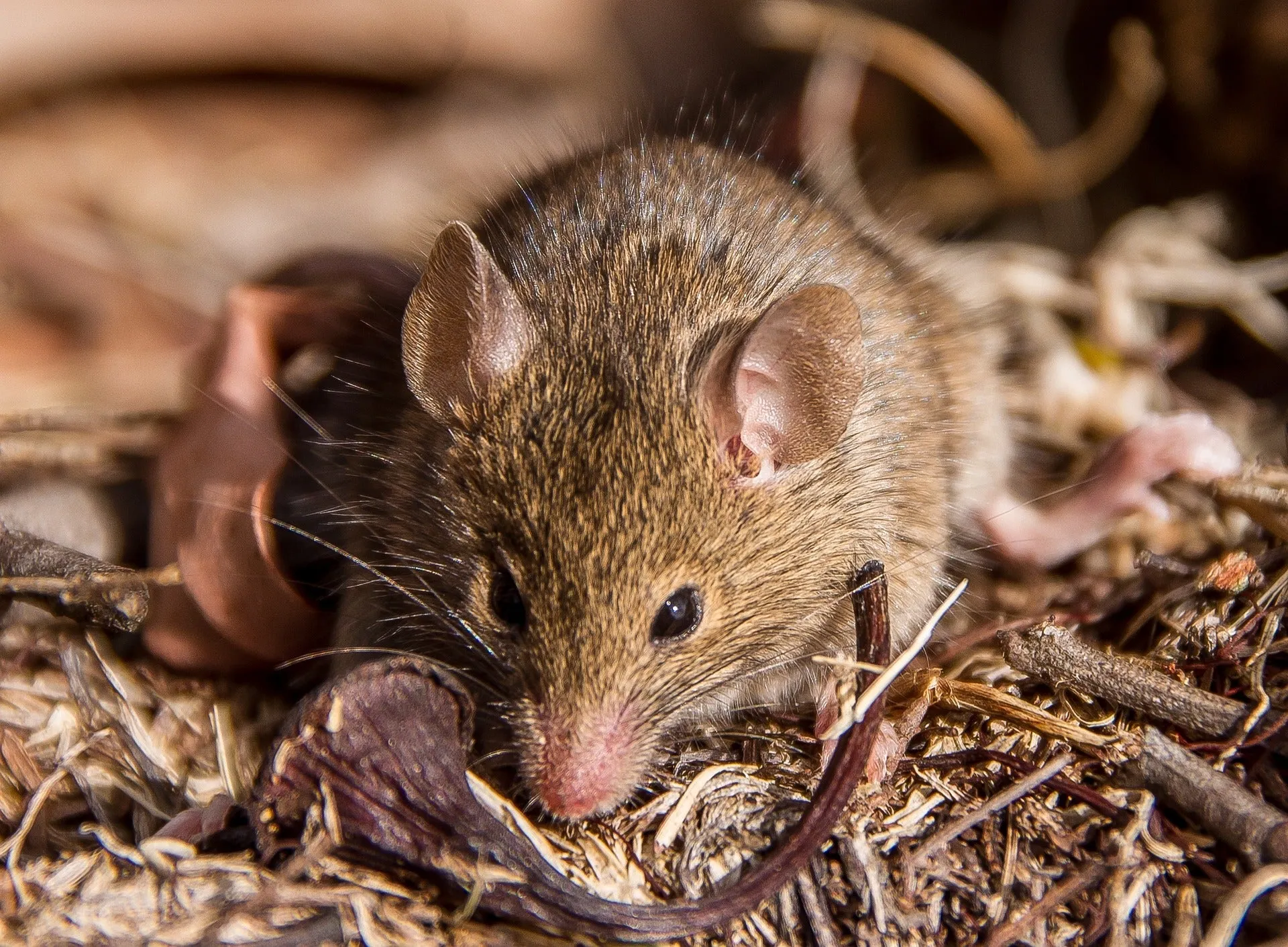Native antechinus
Antechinus are actually small carnivorous marsupials that belong to a family of native animals

The first time I came face-to-face with an antechinus was on a biology field trip where one had been caught in an Elliott trap. When I took it out, it bit my glove and I got to look at its sharp little teeth. The antechinus itself was soft and delicate with bulging brown eyes and a cute whiskered face. What a special little creature.
Because antechinus look so much like mice, many of these harmless natives are killed with baits and poison. However, antechinus are actually small carnivorous marsupials that belong to a family of native animals known as dasyurids, which include the quoll and Tasmanian devil.
The antechinus is one of very few vertebrate animals that practices suicidal reproduction. In winter, virgin males go on a mating frenzy in what will be their only chance to pass genes on to the next generation. During this time the male does not eat, but spends several hours at a time seeking out and mating with as many females in his neighbourhood as possible. Eventually the male will exhaust himself so thoroughly that his immune system will fail and he will eventually die.
Mary Cairncross Scenic Reserve is home to the Buff-footed antechinus (Antichinus mysticus), identified by its pale feet and buff-yellow colouration on rump and flanks. This unique species was described as recently as 2013.
Please be careful when dealing with mice in your home to avoid killing protected native wildlife who help to maintain the fragile balance of biodiversity in our local forests. Here are some ways to identify an antechinus:
- scats – This animals’ diet consists of insects (including spiders and cockroaches), small lizards and berries. Visible on the surface of the antechinus scat should be different types of fragmented insect parts
- teeth – Rodents have one pair of prominent front teeth that have a hard yellow enamel. Antechinus have small sharp “cat-like” teeth
- toes – The hind (back) feet of the antechinus has no nails on the big toe (or thumb). In contrast rodents have claws (nails) on all digits
- tail – Antechinus have a sparsely haired tail, which is the same length as the body or shorter. In contrast a black rat’s tail can be twice as long as its body and nearly naked
- ears – Many antechinus species have large thin crinkly ears that have a notch in the margin (not all species have this notch)
- smell – Antechinus do not have the same musty smell as mice
- nests – Antechinus build spherical nests in hollow logs and crevices, but can sometimes be found nesting in furniture in bush areas or farms.
Article and images by Talisa Kath, SCC environmental education centre support officer
